In the new study, researchers found that over 1,000 gigatons or 20% of ice around the edges of Greenland had been lost over the past four decades.
Greenland Map
Also Read:
News Source: TH
| Must Read | |
| NCERT Notes For UPSC | UPSC Daily Current Affairs |
| UPSC Blogs | UPSC Daily Editorials |
The Ministry of Education has released new guidelines for coaching centers in the country.
Need of Guidelines For Coaching Institutes
Coaching Centre
|
|---|
News Source: LiveMint
| Must Read | |
| NCERT Notes For UPSC | UPSC Daily Current Affairs |
| UPSC Blogs | UPSC Daily Editorials |
The study of the Council on Energy, Environment and Water (CEEW), a research and policy think-tank — analyzes high resolution meteorological data spanning four decades, from 1982 to 2022 which has been recorded by the India Meteorological Department (IMD).
News Source: The Hindu
| Must Read | |
| NCERT Notes For UPSC | UPSC Daily Current Affairs |
| UPSC Blogs | UPSC Daily Editorials |
The Election Commission of India (ECI) begins a nationwide awareness programme on EVMs and VVPATs ahead of the 2024 Lok Sabha Election.
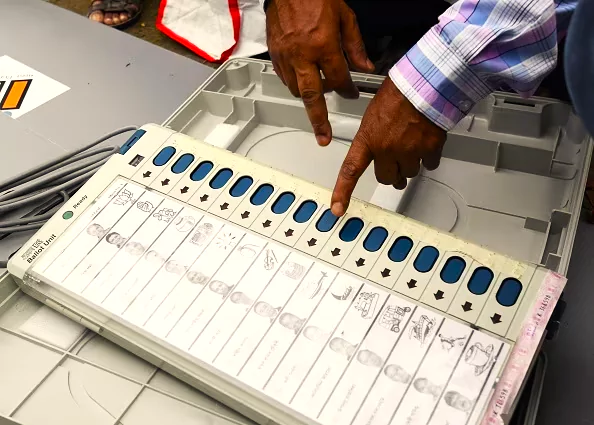
EVM Machine
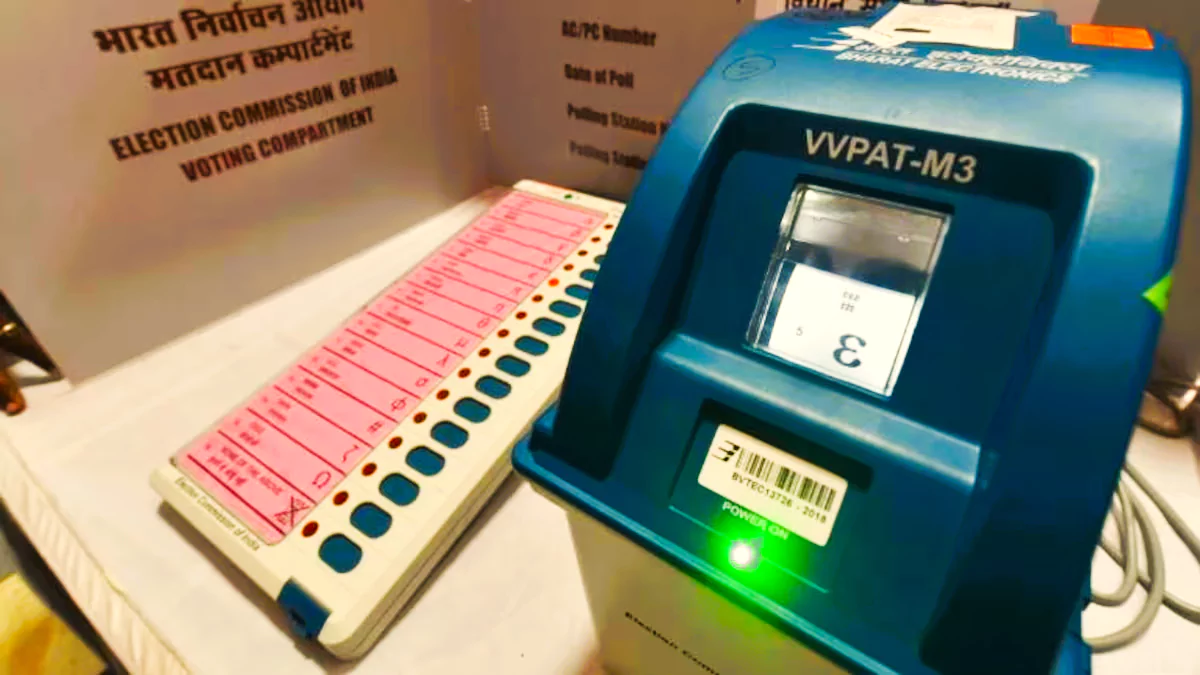
VVPAT Machine
Judicial Pronouncements on Use of EVMs
|
|---|
News Source: PIB
| Must Read | |
| NCERT Notes For UPSC | UPSC Daily Current Affairs |
| UPSC Blogs | UPSC Daily Editorials |
Statue of Social Justice: The Andhra Pradesh government erected the world’s tallest statue of Dr BR Ambedkar at the Ambedkar Smriti Vanam, Amaravati.
About Statue of Social Justice
Statue of Unity
|
News Source: Live Mint
| Must Read | |
| NCERT Notes For UPSC | UPSC Daily Current Affairs |
| UPSC Blogs | UPSC Daily Editorials |
Recently, the Union Cabinet Minister for the Ministry of Earth Science, inaugurated the young Scientist conference at the International Science Festival 2023 at Faridabad in Haryana.
The Young Scientist Conference
|
|---|
News Source: PIB
| Must Read | |
| NCERT Notes For UPSC | UPSC Daily Current Affairs |
| UPSC Blogs | UPSC Daily Editorials |
Recently, the traditional buffalo fight (Moh-Juj), an integral Bihu celebration of Assam, was revived after nine years.
The Prevention of Cruelty to Animals (PCA) Act, 1960
Animal Welfare Board of India vs A Nagaraja, (2014) Case
|
|---|
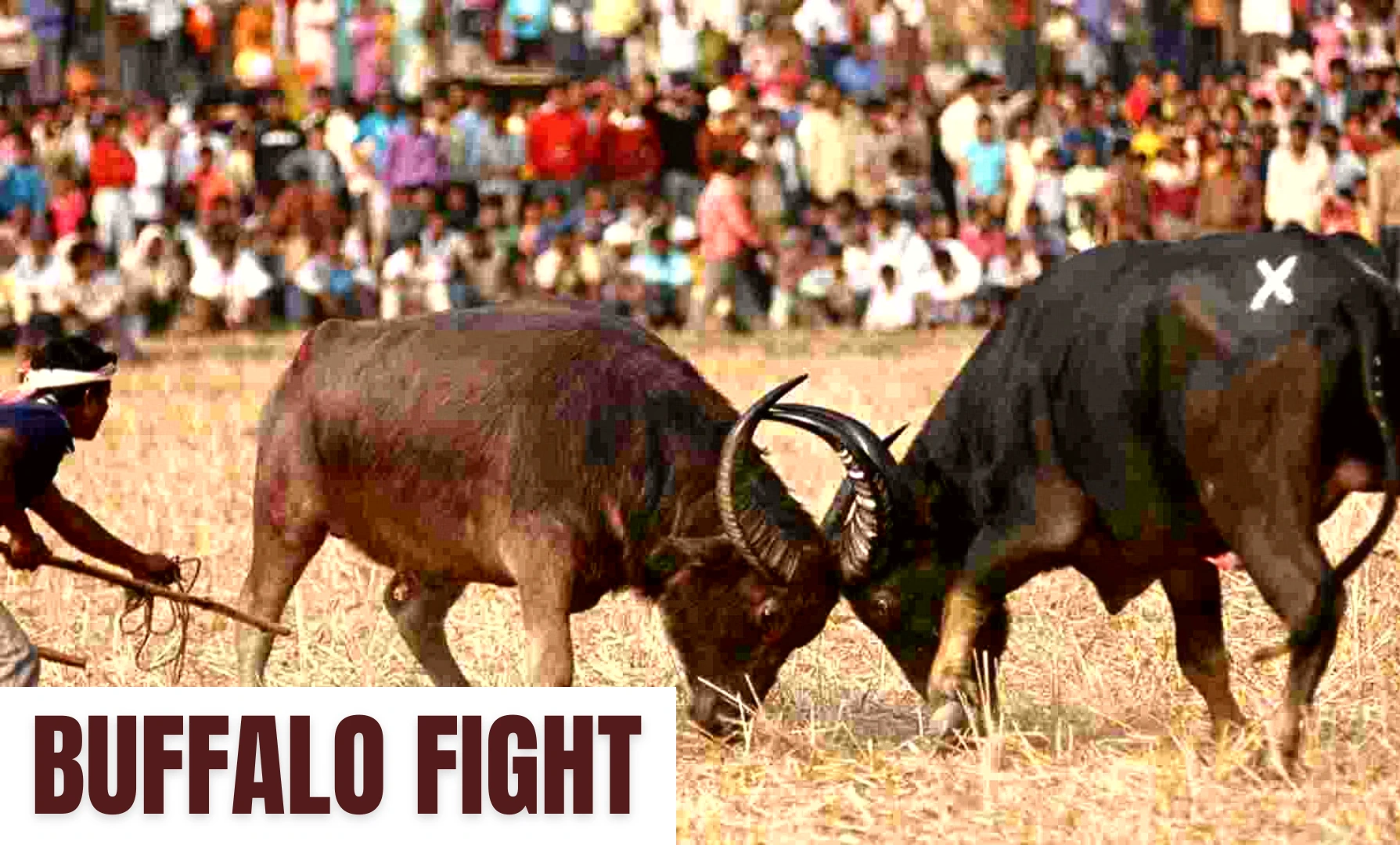
Moh-Juj: A Traditional Buffalo Fight of Assam
Judiciary Take on Various Traditional Sports
|
|---|
News Source: Hindustan Times
| Must Read | |
| NCERT Notes For UPSC | UPSC Daily Current Affairs |
| UPSC Blogs | UPSC Daily Editorials |
The 12th General Assembly of the Asian Buddhist Conference for Peace was inaugurated in New Delhi by the Vice President of India.
Highlights of the Vice President Address:
Four Noble Truths of Buddhism:
Noble Eightfold Path
|
|---|
News source: PIB
| Must Read | |
| NCERT Notes For UPSC | UPSC Daily Current Affairs |
| UPSC Blogs | UPSC Daily Editorials |
In January 2024, the 9th edition of the Pakke Paga Hornbill Festival (PPHF), a state festival of Arunachal Pradesh was celebrated with a theme ‘Let Our Hornbills Remain’.

About Nyishi Tribe
|
|---|
About Pakke Tiger Reserve (PTR)
|
News Source: Down to Earth
| Must Read | |
| NCERT Notes For UPSC | UPSC Daily Current Affairs |
| UPSC Blogs | UPSC Daily Editorials |
This article is based on the news “Ministry of Agriculture and Farmers’ Welfare releases third advance estimate of area and production of various horticultural crops for the year 2022-23” which was published in the PIB. The Ministry of Agriculture and Farmers’ Welfare released the Third advance estimate of area and production of various horticultural crops for the year 2022-23.
| Relevancy for Prelims: Horticulture Production in India, Ministry of Agriculture and Farmers’ Welfare, National Income, GDP, Value Added (GVA), National Horticulture Board (NHB), NABARD, and e-NAM initiative.
Relevancy for Mains: Indian Horticulture Sector: Status, Significance, Challenges, Schemes, and Way Forward. |
|---|
| Total Horticulture Production | 2021-22 (Final) | 2022-23 (Second advance Estimate) | 2022-23 (Third advance Estimate) |
| Area (in million hectares). | 28.04 | 28.12 | 28.34 |
| Production (in million tonnes). | 347.18 | 351.92 | 355.25 |
Branches of Horticulture
|
|---|
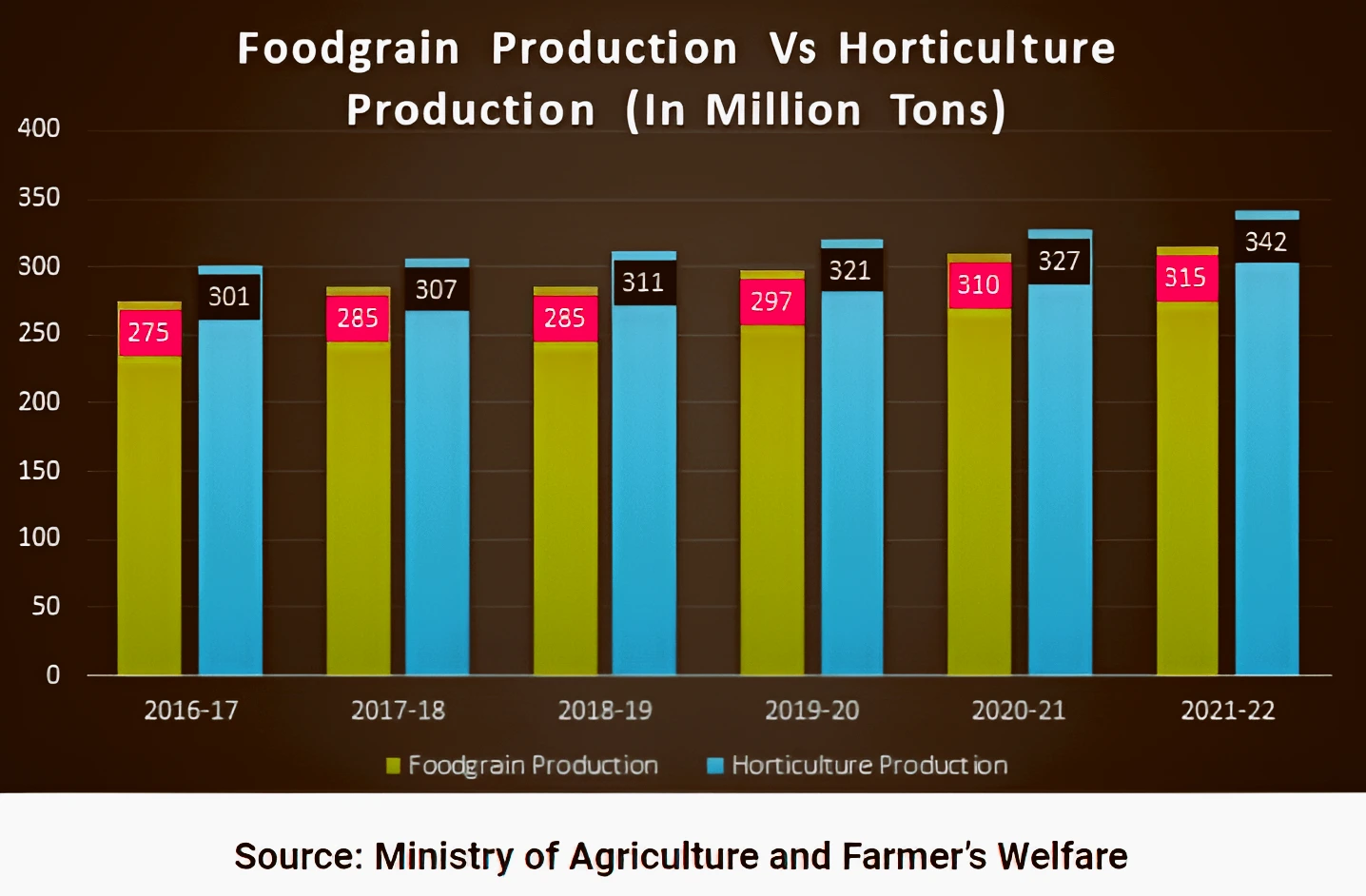 Industrial development: Horticulture plants directly or indirectly serve as raw material for many industries.
Industrial development: Horticulture plants directly or indirectly serve as raw material for many industries.
Government Interventions in Indian Horticulture Sector
|
|---|
| The Codex Alimentarius or “Food Code” is a collection of standards, guidelines and codes of practice adopted by the Codex Alimentarius Commission. |
|---|
| Must Read | |
| NCERT Notes For UPSC | UPSC Daily Current Affairs |
| UPSC Blogs | UPSC Daily Editorials |
This article is based on the news “Union Minister for Civil Aviation Shri Jyotiraditya M Scindia inaugurates Asia’s largest Aviation Expo-Wings India 2024” which was published in the PIB. According to the Union Civil Aviation Minister, the government is working to make India the third largest aviation sector in the world in the next three years from the fifth position currently.
| Relevancy for Prelims: Indian Civil Aviation Sector, Wings India 2024, Make in India, DGCA, Centre for Aviation (CAPA)UDAN Scheme, and RCS UDAN.
Relevancy for Mains: Indian Civil Aviation Sector: Status, Potential, Challenges, Government Initiatives, and Way Forward. |
|---|
About Wings India 2024
|
|---|
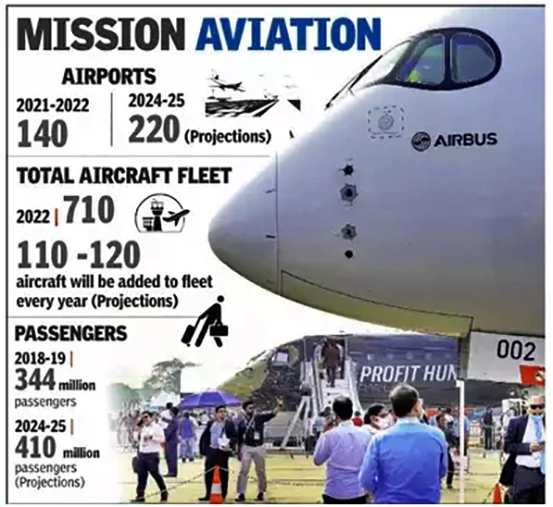 The civil aviation industry in India has emerged as one of the fastest growing industries in the country during the last three years and can be broadly classified into scheduled and non-scheduled air transport service.
The civil aviation industry in India has emerged as one of the fastest growing industries in the country during the last three years and can be broadly classified into scheduled and non-scheduled air transport service.
Tokyo’s Haneda Airport Accident
|
|---|
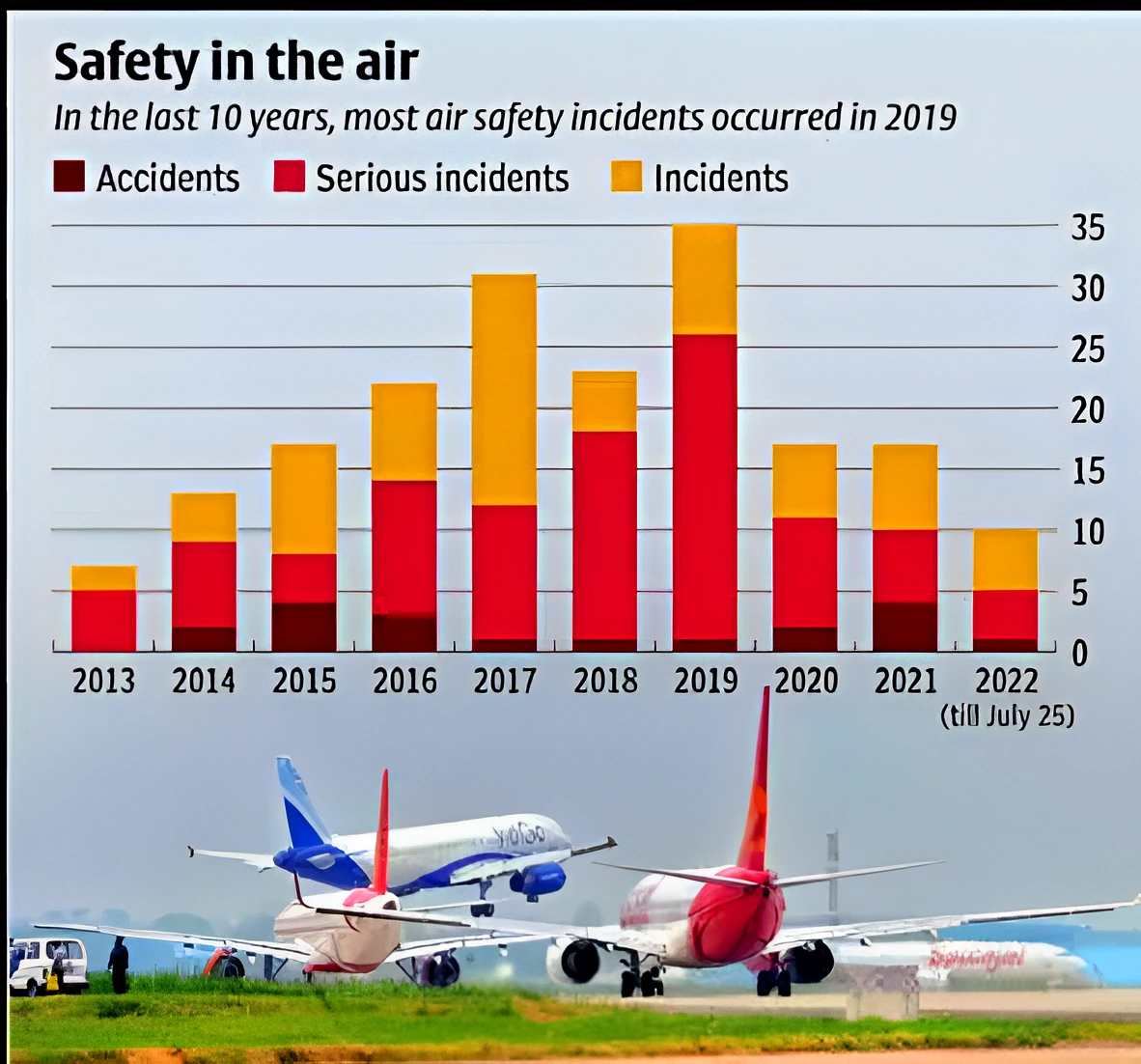 High Fuel Costs: In India, the cost of Aircraft Turbine Fuel (ATF) can account for 50-70 percent of an airline’s operational expenses.
High Fuel Costs: In India, the cost of Aircraft Turbine Fuel (ATF) can account for 50-70 percent of an airline’s operational expenses.
| Must Read | |
| NCERT Notes For UPSC | UPSC Daily Current Affairs |
| UPSC Blogs | UPSC Daily Editorials |
<div class="new-fform">
</div>